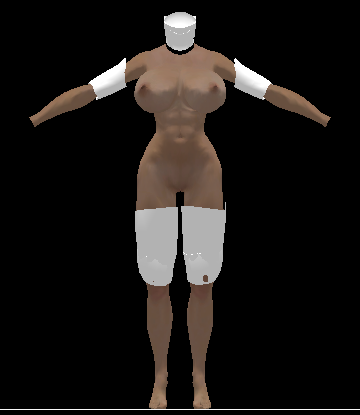
Having an excessive number of banned accounts in a very short timeframe. Running a web bot/spider that downloaded a very large number of pages - more than could possibly justified as "personal use".  Automated spam (advertising) or intrustion attempts (hacking). On the other hand, in case of hydrogel lenses the deterioration of optical properties to the extent comparable to that of hydrogel lenses not damaged by laser radiation was observed.Your current IP address has been blocked due to bad behavior, which generally means one of the following: After completed exposure to silicone oil, two kinds of lenses were found to have a slightly improved transmittance: hard PMMA lenses by about 4% and HSM lenses by about 2%. A minimal decrease of the initial transmittance values was observed only for the lenses exposed to laser radiation of highest energy (3.7 mJ). Optical properties of hydrogel lenses exposed to silicone oils deteriorated with exposure and after 20-week exposure to silicone oil the average transmittance value decreased by about 18%, reaching its final value of 67.08 +/- 2.37% (RSD = 5.56%). The measured transmittance values were within the range of instrumental error (+/- 1%).
Automated spam (advertising) or intrustion attempts (hacking). On the other hand, in case of hydrogel lenses the deterioration of optical properties to the extent comparable to that of hydrogel lenses not damaged by laser radiation was observed.Your current IP address has been blocked due to bad behavior, which generally means one of the following: After completed exposure to silicone oil, two kinds of lenses were found to have a slightly improved transmittance: hard PMMA lenses by about 4% and HSM lenses by about 2%. A minimal decrease of the initial transmittance values was observed only for the lenses exposed to laser radiation of highest energy (3.7 mJ). Optical properties of hydrogel lenses exposed to silicone oils deteriorated with exposure and after 20-week exposure to silicone oil the average transmittance value decreased by about 18%, reaching its final value of 67.08 +/- 2.37% (RSD = 5.56%). The measured transmittance values were within the range of instrumental error (+/- 1%). 
Hard PMMA and HSM lenses were found not to have changed their optical properties after 20 weeks of exposure to silicone oil. The studies were carried out, in two-week intervals, over a period of 20 weeks.

The paper presents the results of spectral analysis of transmission of visible (VIS) radiation of three types of artificial lenses: hard PMMA, hydrogel, heparin surface modified (HSM) hard PMMA, and the same lenses damaged by YAG laser radiation with an energy increasing from 1.7 mJ to 3.7 mJ, exposed to clinically applied silicone oil. The objective of these investigations was an in vitro evaluation whether silicone oil OXANE of viscosity 5700 cSt clinically used in eye surgery as a substitute of the vitreous body, being in contact with an artificial polymer lens used as an implant of human lens, causes the changes in its optical properties.







 0 kommentar(er)
0 kommentar(er)
